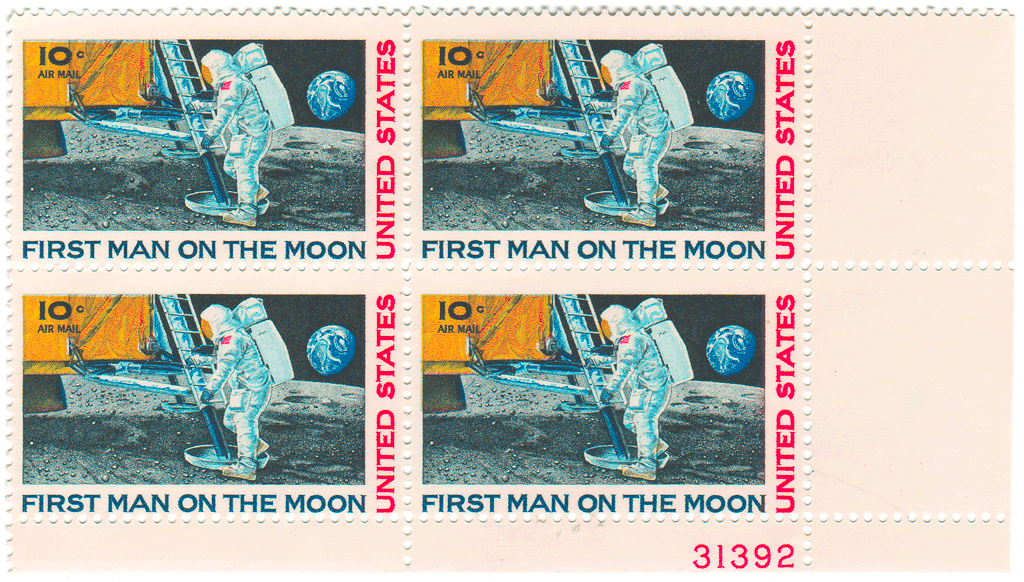I’m pleased to report that the 0.7 release of the ODF Toolkit Union’s ODFDOM library has just been released. This is an open source (Apache 2.0 license) Java toolkit for programmatically reading, writing and manipulating ODF documents. The code is 100% Java and does not require that you have OpenOffice or any other ODF editor installed. It operates directly on the document itself.
You can download the JAR and JavaDoc from the distribution here. You will want to go through J. David Eisenberg’s tutorials on ODFDOM as well.
If you sign up for a Toolkit Union account, you’ll be able to participate in the user’s mailing list (users@odfdom.odftoolkit.org) where we welcome your ideas, bug reports and patches. Or better yet, move over to the dev list (where the real fun is) and contribute actively!
The ODF Toolkit also has an active “Conformance Tools” project, including the ODF Validator, and our most-recent project, AODL, which is a .NET/C# module.
At the Toolkit Union we’re able to host more such ODF-related toolkit projects, in other programming languages. I don’t see any good reason to have two Java API’s for ODF, but I’d love to see broader coverage, especially in some of the more-widely used scripting languages like Python or Perl. I have even seen some interest in a PHP/ODF module. I think there is some advantage to getting a “critical mass” of programmers interested in working with ODF together in one place to bounce ideas off of each other. So if you are interested in joining this effort, sign up at the Toolkit Union’s web site, or send me a note if you want to talk first.
[22 July 2009 — more on ODFDOM 0.7 in this post by project lead Svante Schubert]
